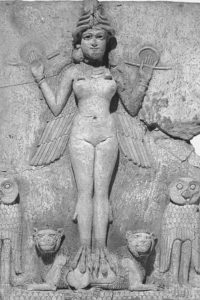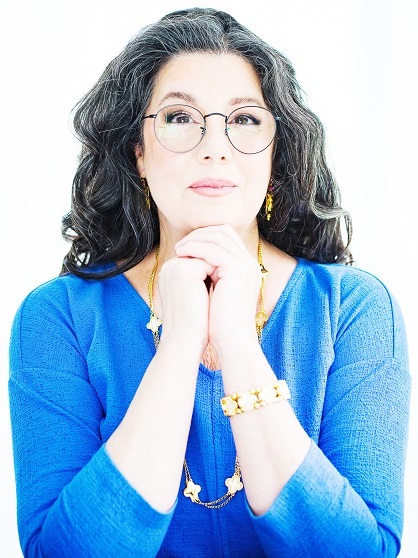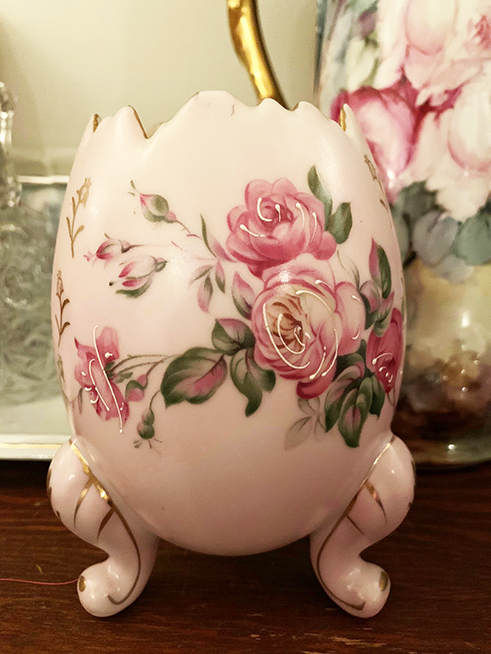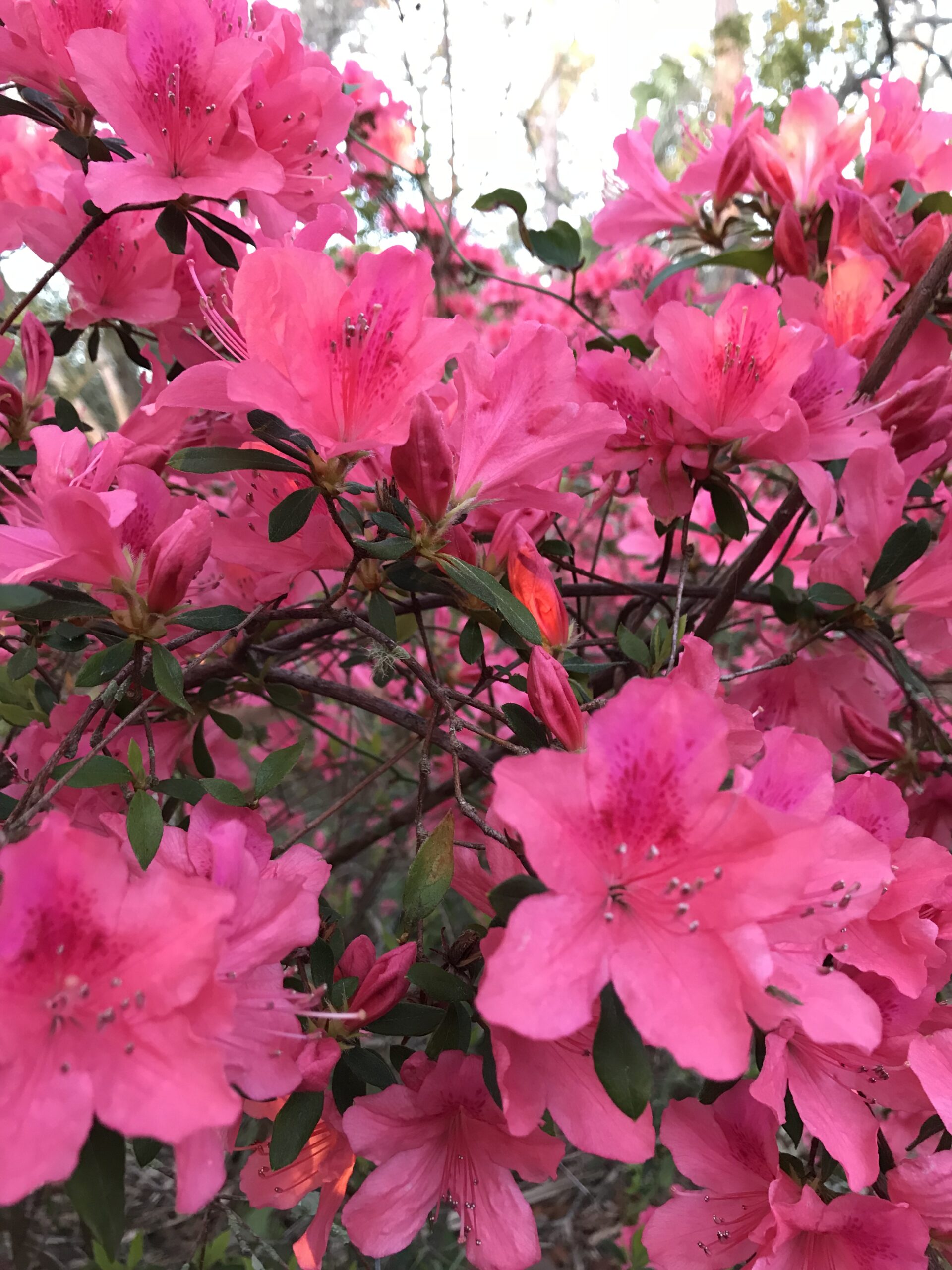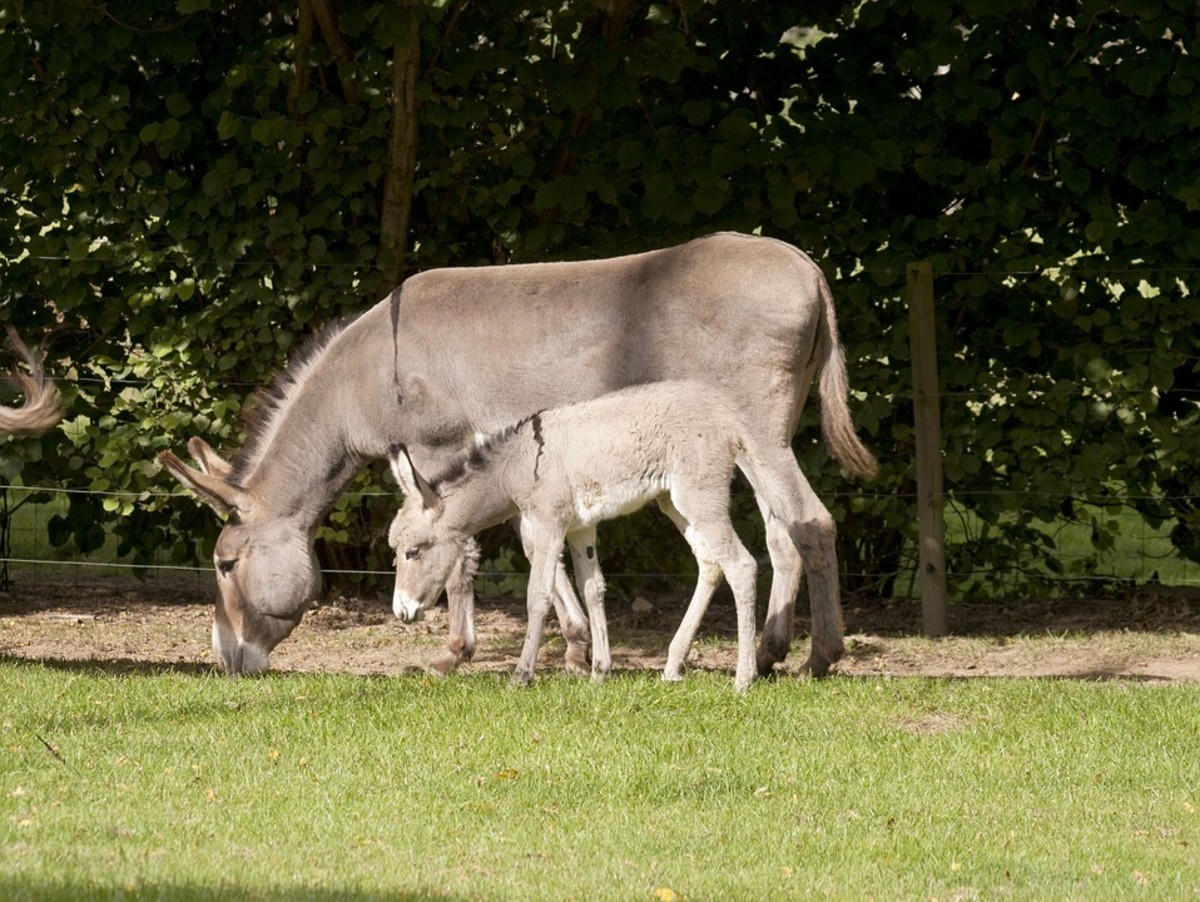If any of us were to write a story of what we have overcome to access a place of healing, we might think we would choose to name ourselves “queen,” for we would be in a place to know that we had surmounted great obstacles to stand in our power. Most people striving to be seen as “good” would certainly not want to name themselves anything associated with Ereshkigal, the Empress of the Underworld. However, those of us who have experienced trauma before it can be recognized already live in a hell of another’s making, or perhaps of many others’ makings, or even our own. We can choose to be the eventual queen of this space, a space where we are aware of the concept of Christ as Light, the place where our faith allows us to believe in Light. We can keep our hope in a royal legacy, a right of heredity, or we can choose to follow another path, one that brings us closer to the true Light of Christ. We can walk the path that religiosity believes Jesus walked in place of us, or we can take the Way that has been obscured by dark yearnings egged on by killer rabbits, in the disguise of harmless little bunnies; the path with brambles, where we are poked by tricksters wearing scary suits in the imaginal realm.
To choose this road less traveled is not as scary as it may seem by the standards of the Catholic traditions that we have inherited. There are angels and guides along the way. As Mr. Rogers used to say, “Look for the helpers.” Catholics know, in our own world view about religion, that Jesus is to be found in the unexpected and among the least of us. How “least” is defined in each decade and century may put boundaries on where we can find what are considered “appropriate” helpers and support for our journey. Power structures use invisible fences of fear and tell us that helpers can never be found in certain arenas or among excluded types of people. Aren’t they the “least among us?” We may be warned that there is a monster lurking in those woods. We are scared off of places that have been “othered” as grossly inappropriate or even labeled as dangerous . . . spaces and people associated with concepts of “unworthy,” “excommunicated,” and even “evil.” But I will leave you with this Wisdom found in little silvers of Light in the dark: there is no monster at the end of the book; and it wasn’t witches who were burned, drowned, or hanged, it was women.
So, my hope is this: can Ereshkigal’s other daughters, and really any of her children, access Sophia Wisdom to rise in The Light of Christ?
(Published in Leading, The Association of Roman Catholic Women Priests Newsletter, Winter 2021)
Obscure References:
https://en.wikipedia.org/wiki/
https://en.wikipedia.org/wiki/
https://www.youtube.com/watch?
https://www.terriwindling.com/
